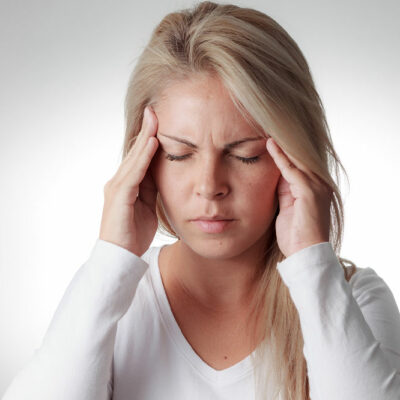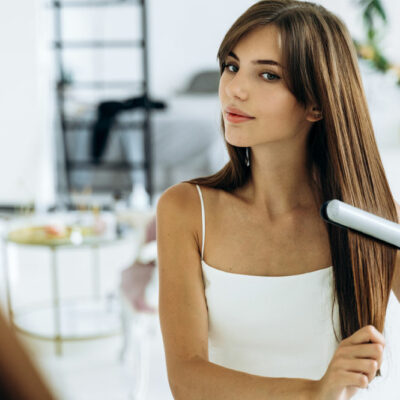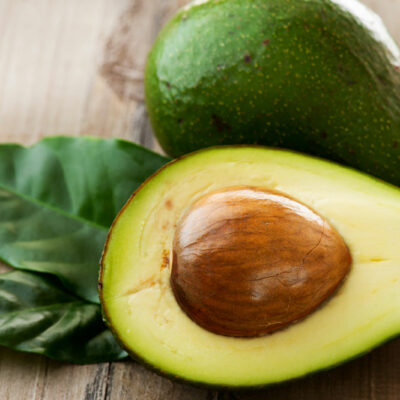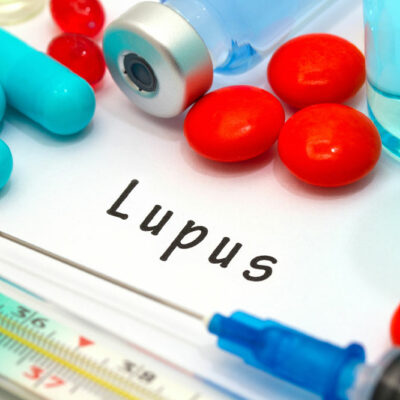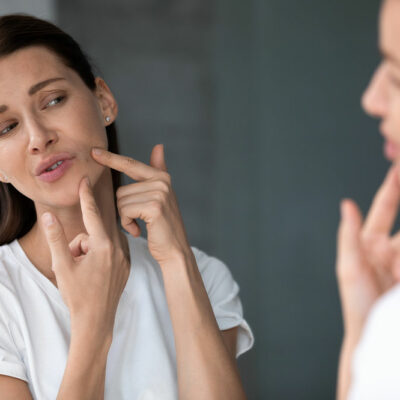
health
8 poor habits that worsen skin health
Clear skin is rarely a result of sporadic visits to the salon or expensive treatments. To maintain healthy skin, one must consistently follow a combination of good habits involving one’s hygiene, food intake, and sleep patterns. At times, one may discover that no amount of store-bought products is able to heal one’s blemishes and acne. More often than not, the following poor habits may be the cause of one’s skin problems. Not wearing sunscreen Extreme UV exposure can cause skin irritation, pigmentation, sunburn, premature aging, or even skin cancer. One’s advised to apply sunscreen on exposed skin and wear sunglasses to protect one’s eyes. Sunscreen with a lightweight formula is more suitable for oily skin, while tinted sunscreen with built-in moisturizers can work well for dry or sensitive skin. Using dirty makeup blenders, and brushes Makeup brushes and beauty blenders can accumulate dirt and bacteria and cause skin infections. Cleaning them with warm water and gentle, non-toxic shampoo every one or two weeks can ensure better skin health. Sleeping with makeup on Makeup clogs the skin pores, damages skin cells, and prevents the skin from breathing or healing. This results in fine lines and acne breakouts. Touching one’s face frequently Hands come in contact with dirt, grime, and bacteria more frequently than other exposed parts of one’s skin.



